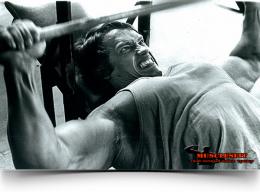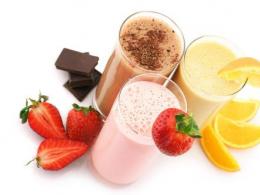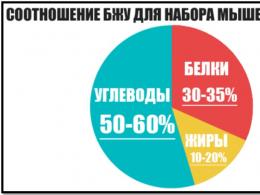Which protein to choose? Choosing the right protein for weight loss
The demand for sports nutrition is growing every year, and for good reason: more people are starting to do fitness, and more and more sports nutrition is becoming more affordable and cheaper. Have you thought about why this is happening? Have manufacturers become kinder and ready to sacrifice their profits for us, ordinary consumers? Yep, no matter how. Everything is completely different. And today we will find out what exactly the manufacturers are hiding by reducing the price of their product, using the example of whey protein. I will tell you, so as not to be deceived and not fall for a cheap fake? What protein for weight loss best suited for girls, and is there such a thing? In general, today we will talk exclusively about protein and about which protein to choose, and how to do it right?

Whey protein and its types
Whey protein is a mixture of globular proteins obtained during the production of cheese and milk.
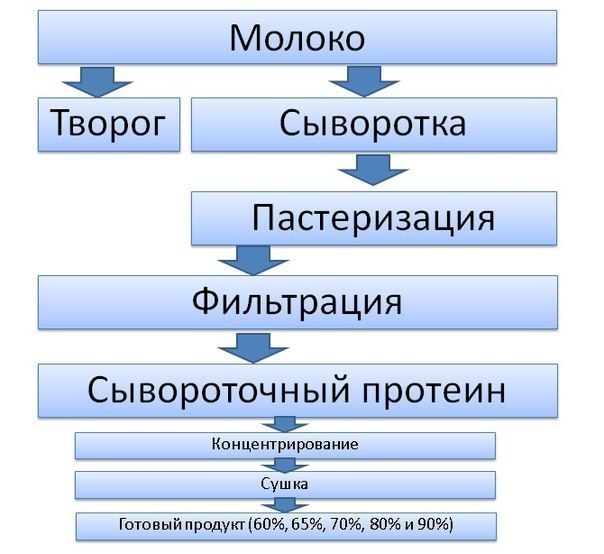
At the moment, this type of protein is considered the best for both muscle building and fat burning, which is why girls often use it when losing weight.
But it should be noted that not any whey protein is suitable for girls to burn fat. There are 3 types of whey protein: concentrate, isolate and hydrolyzate.
- contain, as a rule, 65-80% of protein. Moreover, they contain a little fat, cholesterol and carbohydrates, these doses are small, but if your goal is weight loss, then they may be enough to affect the fat burning process and slow it down a bit.

- undergo more serious purification from excess fats and carbohydrates and, as a rule, the proportion of protein in the protein isolate is at the level of 80-90%. The amount of fat should not exceed 1 g per serving, and the amount of carbohydrates should not exceed 2 g.
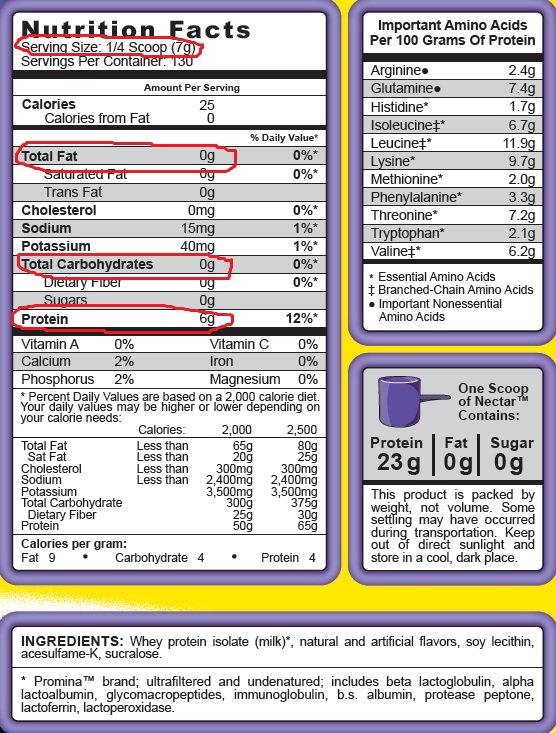
- are whey proteins that have been thoroughly purified and are practically the standard of pure protein. The amount of protein should be above 90% (but nowadays it is becoming rarer and rarer to find hydrolysates even with 90% protein, let alone 99%), the amount of fats and carbohydrates can be in the range of 0 up to 1 g per serving. Hydrolysates are the most expensive proteins, but they are also the highest quality for both muscle building and weight loss.
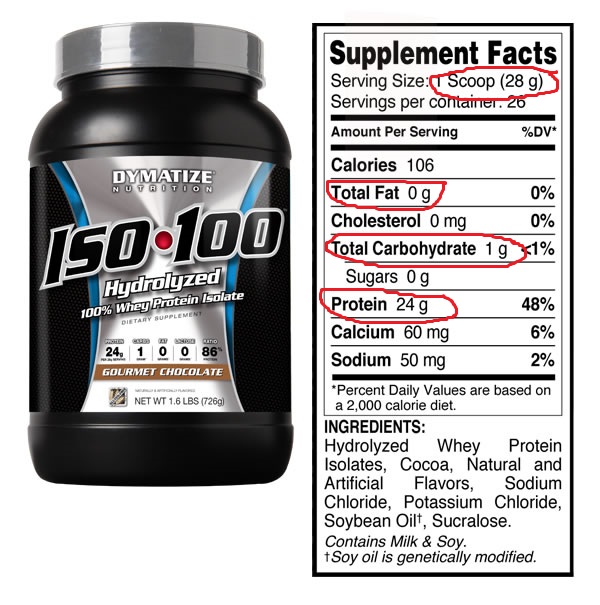
But how do you define a protein concentrate, isolate, or hydrolyzate in front of you?
Methods for determining the type of protein
- First way- this, of course, is to read what is written on the packaging of the protein mixture that you decide to purchase. As a rule, the manufacturer indicates on the front side of the package what type of protein it contains.
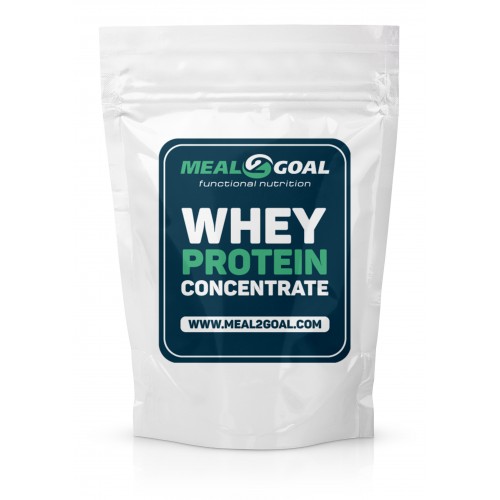
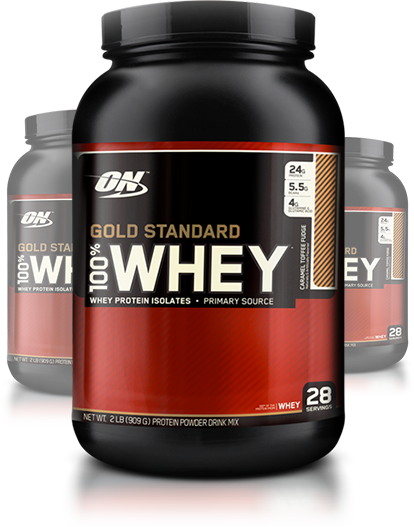
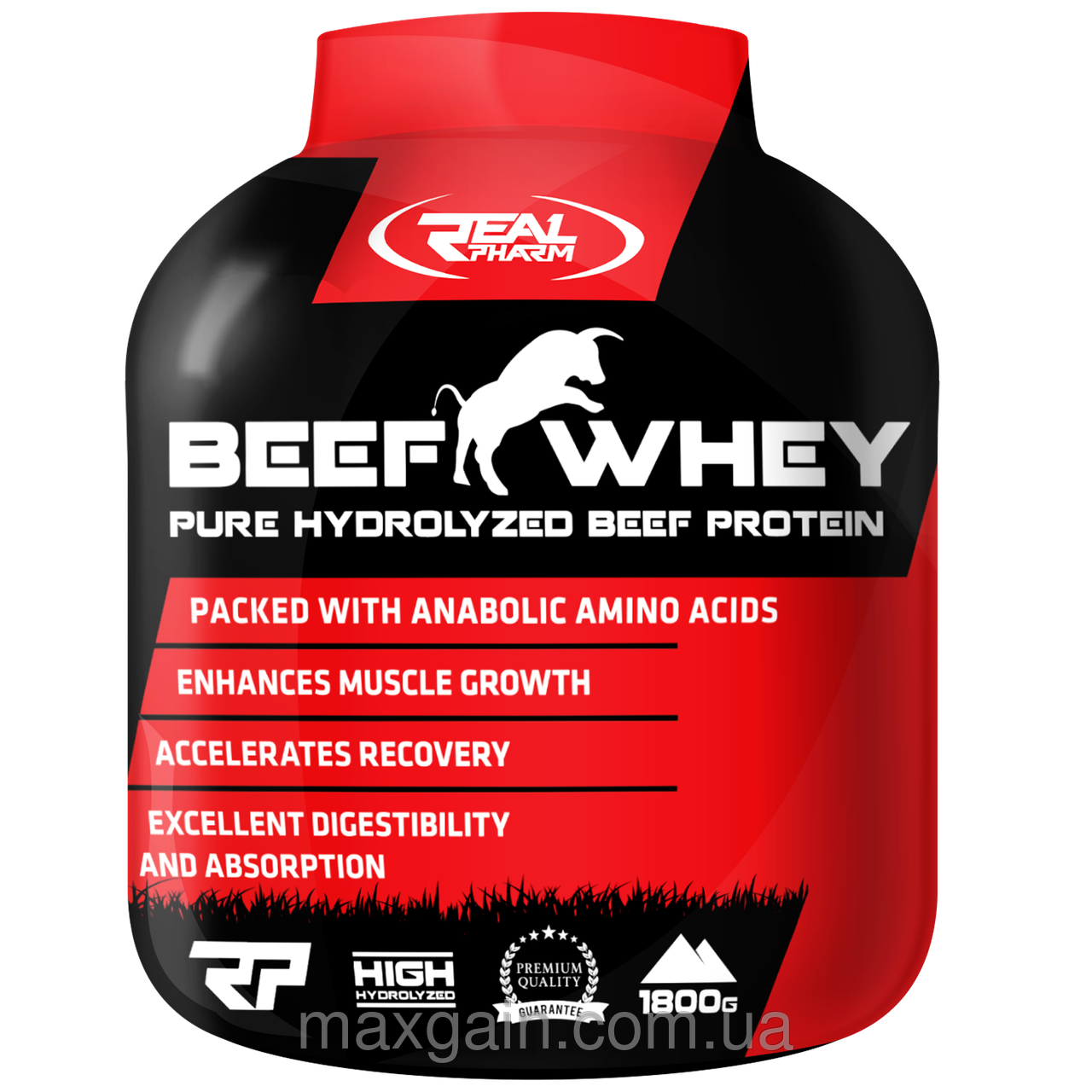
But it is worth noting that manufacturers are not always honest with their customers. There are those who write on the package 100% ISOLATE, and after studying the composition, amino acid profile and percentage of protein, it turns out that the protein is not at all like that. And instead of the declared, for example, 88% of the protein, we actually get 75%, which already indicates that we have not an isolate, but a protein concentrate.
- And the second way(more reliable) is to independently calculate the percentage of protein in the protein in order to be 100% sure that the manufacturer did not deceive us, but wrote the truth on the package.
The best protein for weight loss
If you choose protein for weight loss, then it is desirable to give preference to either an isolate or a hydrolyzate, but since the hydrolyzate is an order of magnitude more expensive, a good quality isolate is quite suitable. But how do you know if a whey protein isolate is good or not?
Signs of a quality protein isolate:
- The amount of fat should not exceed 1 g per serving. The ideal option is 0 g of fat.
- The amount of carbohydrates should not exceed 2 g per serving.
- Should not contain artificial sweeteners and sweeteners (aspartame, saccharin, cyclamate, etc.)
- Should not contain maltodextrin (fast carbohydrate) and other simple sugars. Maltodextrin itself is not dangerous or toxic, but if your goal is to lose weight, then it will only interfere with this process.
- The amino acid composition should not contain such amino acids: taurine, glycine, glutamine and creatine. I will go into more detail on this later.
And now let's move on to the most interesting: to independently calculate the protein in the protein mixture.
The process of calculating the percentage of protein in a protein mixture
Stage 1
You need to look at the serving size indicated by the manufacturer. This will be our starting point.
In our example, this is 31 years.

Stage 2
You need to look at the amount of protein in a serving.
Ours is 25.

Stage 3
With a simple mathematical calculation, we determine what percentage of protein is in our portion.
25 g/31 g=0.806451...
It turns out that our portion contains 80% protein. Now it is not difficult to determine which protein is in front of us, since we know that whey protein isolates fall under the 80-90% range. That is, it turns out that our protein is ISOLATE. So, if the manufacturer honestly stated on the packaging that it was an isolate and not a hydrolyzate, then this protein partially passed the test.
Which protein to choose?
So, we figured out how you can independently calculate the percentage of protein in a protein, and also found out how to choose a protein girls whose goal is weight loss (fat burning), what you need to pay attention to first of all. And now let's delve a little into the issue of studying the amino acid composition, which is often not what a high-quality and good protein should have.
The following amino acids must be present in the amino acid composition of whey protein:
– leucine
isoleucine
– methionine
- threonine
– tryptophan
– phenylalanine
These amino acids are essential for the human body and their presence in whey protein is essential.
Other amino acids only supplement the basic amino acid composition presented above.
But among these "additional" amino acids, there are those that are very cheap and incomplete, and their artificial addition to whey protein greatly reduces the cost of the final product and at the same time increases the amount of protein in the protein.
To choose the right protein and not to run into a product that is of poor quality in terms of its amino acid composition, make sure that the protein you choose does not contain the amino acids listed below, or their amount is the smallest:
– taurine
– glycine
– glutamine
- creatine.
Taurine and glycine are the cheapest amino acids that manufacturers like to artificially add to protein to increase the overall protein percentage, but in fact, these amino acids should not be present in quality whey protein, especially taurine (natural amount of glycine (400-450 mg) is possible).
Glutamine and creatine Individually, they are good amino acids, but they should not be included in whey protein, as they also increase the percentage of protein in the mixture, which is misleading to buyers. You think you're buying high quality whey protein and paying a hefty amount of money for it, but you're actually getting a protein that's loaded with all sorts of cheap amino acids that artificially jacked up the protein content to such a high level.
There are several possible locations for these cheap amino acids in a protein:
1. Inside the protein blend

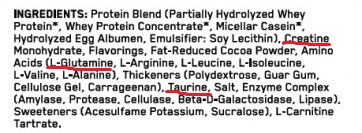
2.After the main list of essential amino acids

The location of a particular component in a protein mixture speaks volumes. In the first place (this applies not only to protein, but also to any food products) are those ingredients that are the most in the product, they make up the "backbone" of our protein, and at the end, usually, there are those ingredients whose quantity is insignificant, they go as supplements and are used in small doses.
So, let's sum up a little the above.
GOLDEN RULES IN SELECTING A QUALITY PROTEIN
NEVER buy protein that contains creatine.
Try to avoid protein that contains the additional amino acids taurine, glycine, and glutamine.
If you still decide to purchase a protein with a content of glycine and taurine, then their amount should not exceed 1 g (if there is an amino acid profile, painted in grams) or else make sure that these “doubtful” amino acids are at the end of the entire list, and not at the beginning or in the middle.
Do not buy protein that contains artificial sweeteners (aspartame, cyclamate, saccharin) and flavors.
If you choose protein for weight loss, then make sure that the mixture does not contain fast carbohydrates (maltodextrin, glucose, cane or any other syrup).
Self-check the amount of protein per serving.
Choose proteins that are low in fat and carbohydrates.
I hope this article will be useful to you if, suddenly, you decide to purchase protein for weight loss or just want to choose a quality whey protein for muscle gain. I tried to be brief, but accessible to tell, how to choose the right protein, and which protein meets the standards of a quality and good product. If you think that the more expensive the protein, the cooler it is, then this is not true. Modern manufacturers are not as honest with their customers as they would like, therefore, in order to reduce the cost of manufacturing their sports products, they often use such tricky methods as replacing expensive components (in our case, amino acids) with cheaper ones, while the cost of products for consumers can be even higher than a really high-quality product. So I advise you to still learn how to study and analyze the composition on your own in order to at least slightly increase the likelihood that you will pay for quality, and not for a “dummy”.
And in the next article I will tell you about what are proteins for girls, is it worth buying "female" proteins or is it completely useless? I will also express my own opinion about proteins for weight loss with their special "losing weight" composition. Don't miss the next issue!
Sincerely yours, Yaneliya Skripnik!


